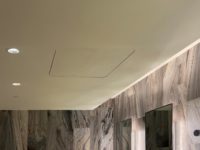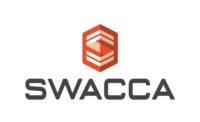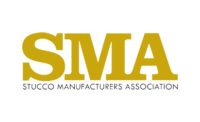OSHA’s NRTL Program Not Applicable to Gypsum Panels or Systems

Recently, the Gypsum Association learned that two code jurisdictions no longer accept some assemblies listed in the code-recognized GA-600 Fire Resistance and Sound Control Design Manual. The rationale for that decision is that the testing agencies listed on those assemblies do not appear on an Occupational Safety and Health Administration list of Nationally Recognized Testing Laboratories. In each instance, language in the administrative section of the pertinent statewide building code references “NRTLs” but does not define the term.
While the GA recognizes that the authority having jurisdiction is the local building official, we believe that code officials are referencing the OSHA list in error. The OSHA NRTL Program is aimed at specific products and specific tests. Thirty-seven products are identified by OSHA as requiring testing by one of the laboratories in its NRTL program. Gypsum panels and systems do not appear on that list of products. Moreover, the list of specific test standards OSHA identifies as applicable to its NRTL Program does not include standard tests for fire-resistant construction, most notably ASTM E119 Standard Test Methods for Fire Tests of Building Constructions and Materials and UL 263 Standard Method of Fire Endurance Tests of Building Construction and Materials.
Adding to the confusion is the fact that three third-party accredited laboratories recognized as approved testing agencies in GA-600 are also OSHA NRTL Program participants. However, several highly regarded, nationally known, third-party accredited testing agencies recognized in GA-600 are not OSHA NRTL program participants.
The mistaken application of OSHA NRTL Program requirements to construction assemblies disadvantages the public because it can limit both the number of systems and the brands of gypsum panels available for fire-rated construction. There are more than 700 systems in GA-600, many of which were not tested by the labs on the OSHA NRTL list.
As acoustical standards are increasingly integrated into building codes, the GA fears the OSHA NRTL program requirement also may be erroneously applied to laboratories that conduct standard tests for sound. Partitions and horizontal membranes, for example, may have specific requirements per the code, which necessitates documented testing results. Only one of many third-party certified acoustic testing labs appears on the OSHA NRTL list. But again, there are no requirements by OSHA for laboratory testing to ASTM E90 Standard Test Method for Laboratory Measurement of Airborne Sound Transmission Loss of Building Partitions and Elements.
The GA believes that the erroneous application of OSHA’s NRTL program to gypsum systems and products sets a very bad precedent and not only for the reasons stated above. In addition, it undermines the authority of GA-600, which is referenced in the International Building Code in the footnotes to Table 721.1(1), Table 721.1(2) and Table 721.1(3). ICC Evaluation Service, Inc., issued ESR-1338, which clarifies that GA-600 is applicable to various editions of the code and is acceptable for use in both the International Building Code and the International Residential Code.
The GA is raising this concern to educate members of the code enforcement community. We believe that the misguided application of OSHA’s NRTL program requirement to materials and systems completely outside the scope and purpose of that program is unfair to the public, to numerous third-party accredited laboratories and to manufacturers of gypsum panels.
Looking for a reprint of this article?
From high-res PDFs to custom plaques, order your copy today!








